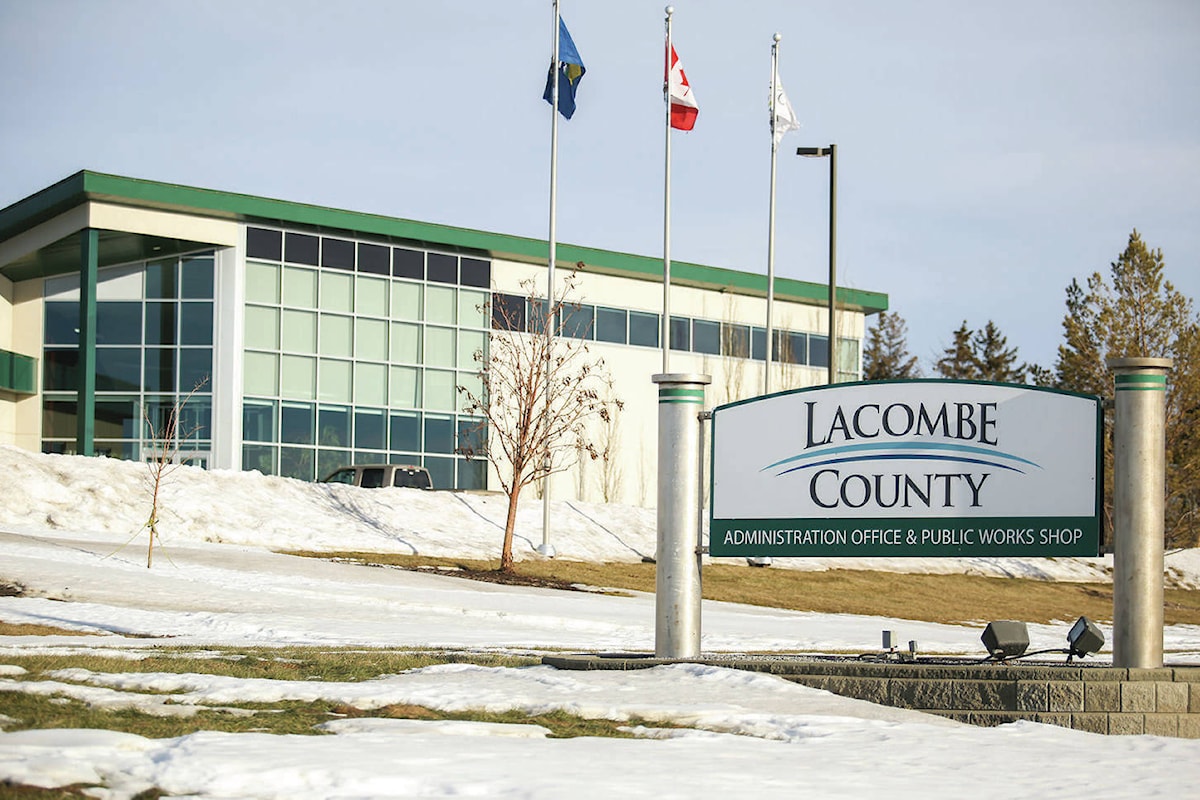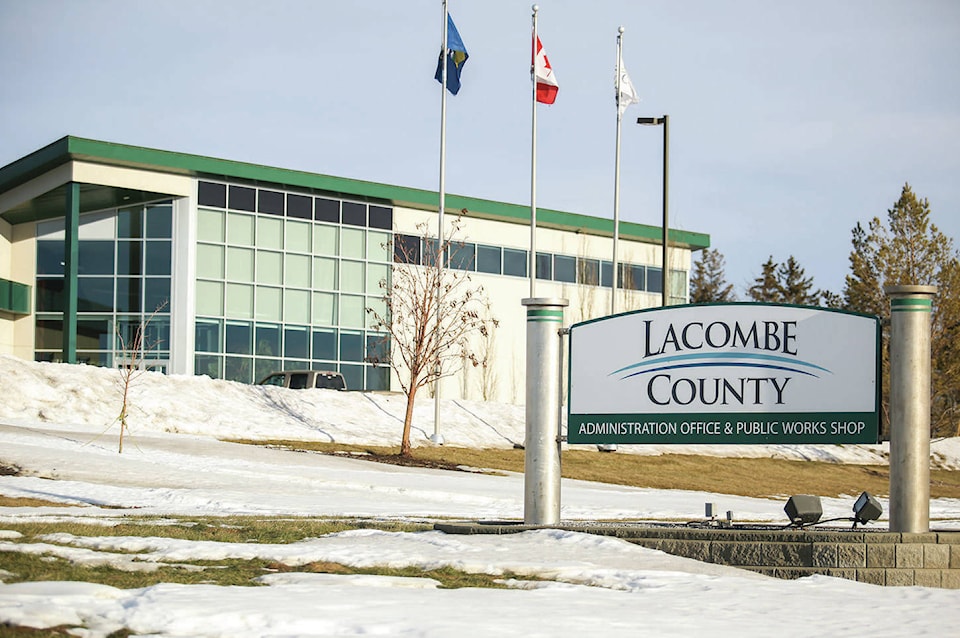Number of international students now exceeds one million, official figures show
MARIE WOOLF
OTTAWA
PUBLISHED 5 HOURS AGO
Open this photo in gallery:

A first-year Northern College student, Harnek Brar, tends to a roti on the stove with his roommates, Jatin Arora and Amit Kumar, right, in the communal kitchen of their building, in Timmins, Ont. on Nov. 9, 2023.NASUNA STUART-ULIN/THE NEW YORK TIMES NEWS SERVICE
The number of international students in Canada now exceeds one million, according to official figures that show an increase that has escalated far faster than the government’s own internal forecasts.
Immigration, Refugees and Citizenship Canada told The Globe and Mail that at the end of December, there were 1,028,850 study permit holders, with just over half of them in Ontario.
Immigration Minister Marc Miller is preparing to cap the number of international students, and has called on the provinces to stop licensing sub-standard private colleges that he says churn foreign graduates out like “puppy mills.”
International student numbers have increased rapidly from 637,855 in 2019 to 807,260 in 2022, and concerns have been expressed that many students, including from India, are being exploited by agents who recruit them to attend private colleges in Canada with poor standards, support and facilities.
The IRCC said that of the more than one million study permit holders – who include school, college and university students and those pursuing “other studies” – 526,015 were in Ontario, 202,565 were in British Columbia, and 117,925 were in Quebec. There were only 10 international students studying in Nunavut and 18,695 in Saskatchewan.
In October, the Immigration Department told Conservative MP Garnett Genuis in a written parliamentary answer that at the beginning of the academic year in September, 1,015,744 people held a valid study permit, allowing them to come to Canada.
Just over a third of them were studying at institutions accredited by Universities Canada, which represents nearly 100 universities, the department said in a written parliamentary answer.
An IRCC document from August, 2023 sent to universities last year, obtained by The Globe, forecast that applications from foreign students would reach 949,000 in 2023, and just over one million in 2024.
But the written reply to Mr. Genuis, by Paul Chiang, parliamentary secretary to Immigration Minister Marc Miller, in October showed that by Sept. 30, the numbers of study permit holders had already topped one million.
India is the top source country for international students in Canada, followed by China.
Bahoz Dara Aziz, spokesperson for Mr. Miller, said at the end of last year, the number of study permit applications processed for Indian students dropped sharply owing to a diplomatic dispute over the slaying of a Sikh separatist leader in Canada.
In October, India
stripped 41 Canadian diplomats of their diplomatic immunity, Canada said, adding that it moved the diplomats out of India before the measure took effect. The situation affected Canada’s ability to process study permit applications from India at the time, she said.
Mr. Genuis said the disclosure that only 343,470 of the 1,015,744 students were studying at institutions accredited by Universities Canada showed that many international students coming to Canada were studying at private colleges, technical schools and other postsecondary institutions with varying standards.
Tom Kmiec, Conservative
immigration critic, said some smaller private colleges have “questionable standards and very loose attendance rules.”
An analysis by
Statistics Canada in November found that around 19 per cent of international students with study permits did not have a record of studying at college or university here.
The Statscan report looked at international students who were not enrolled in publicly funded postsecondary education programs
. It compared various data sources, including tax records, to determine if those students were studying elsewhere in Canada.
Each spring and fall, colleges and universities outside Quebec, in order to comply as Designated Learning Institutions, have to report to IRCC on the enrolment status of their international students.
The International Student Compliance Regime, implemented in 2014, is designed to help identify bogus students and help provinces identify questionable schools.
Most of the colleges on IRCC’s top 10 list of schools with the highest potential non-compliance rates are privately run and in Ontario, catering heavily to students from India.
The IRCC’s Student Integrity Analysis Report, dated November, 2021, found “no shows” make up as much as 90 per cent of students at some private colleges. “No shows” are students with letters of acceptance, who should be enrolled but either did not confirm the acceptance, never attended class or suddenly stopped attending. The report was obtained by immigration lawyer Richard Kurland through an access to information request.
Isabelle Dubois, a spokesperson for IRCC, said the department “is undertaking a review of the International Student Program to strengthen program integrity and enhance protections to address student vulnerability, unethical recruitment and non-genuine actors in the program.”







